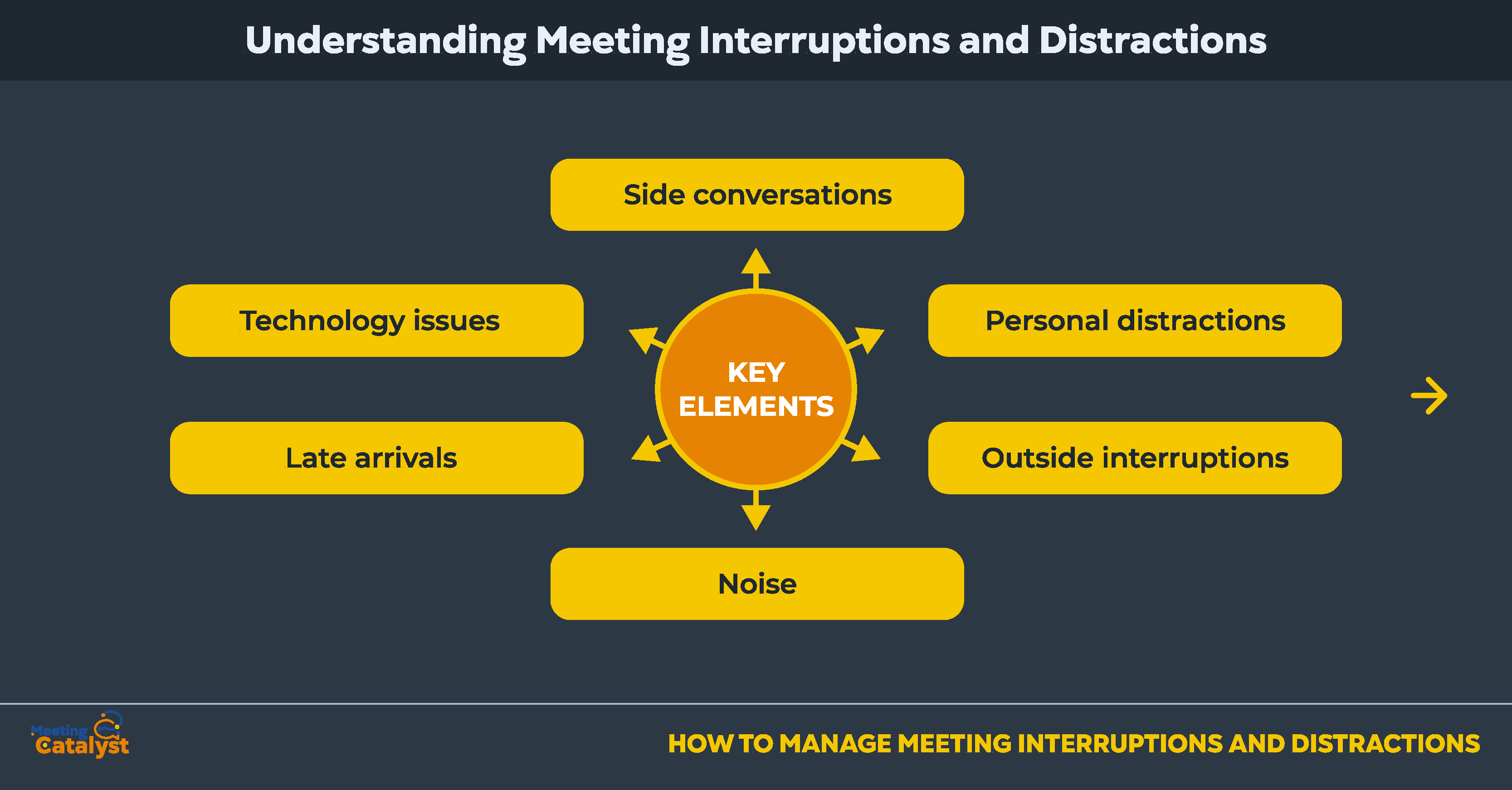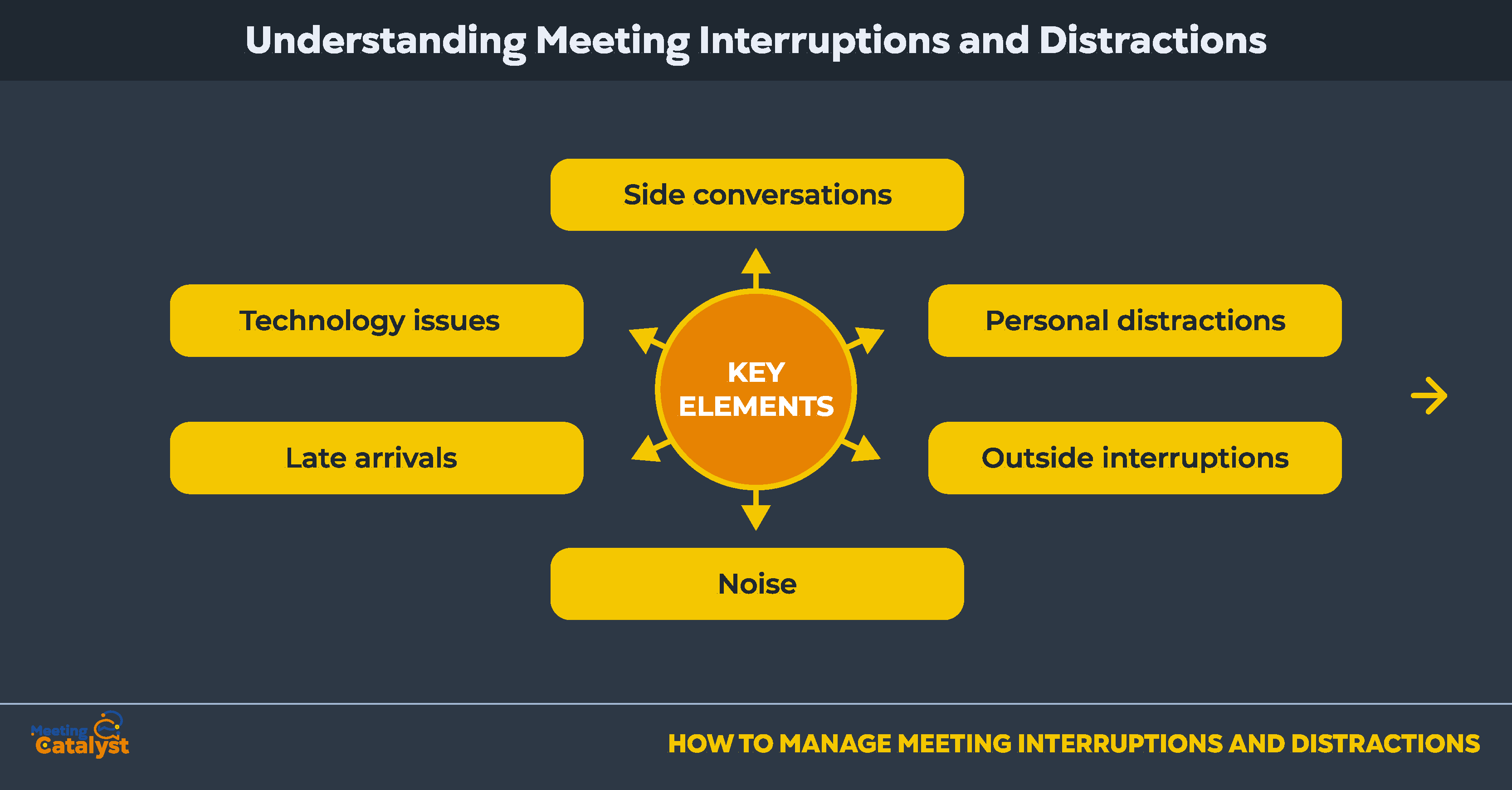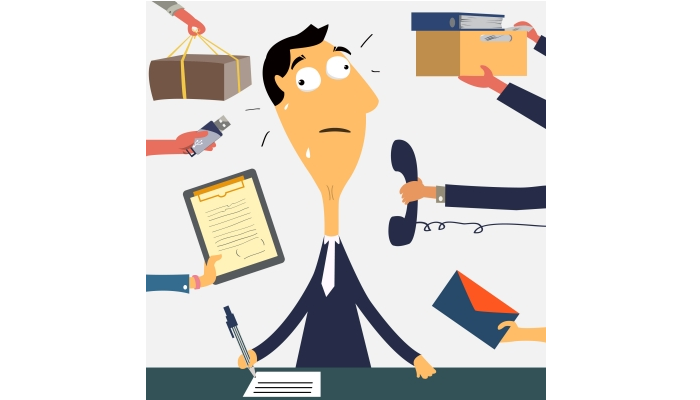Managing Distractions and Interruptions: Strategies for Improved Focus and Productivity
In today’s fast-paced world, distractions and interruptions are part of daily life, whether you’re working from home, in an office, or even managing personal tasks. These disruptions can often derail productivity, making it difficult to focus and achieve your goals. However, managing distractions and interruptions effectively is crucial to maintaining efficiency and staying on track with both short-term and long-term objectives.
In this article, we’ll dive into the strategies for managing distractions and interruptions, providing actionable tips to boost your productivity and focus. From simple techniques to using technology for managing interruptions, this comprehensive guide will help you regain control over your time and tasks.

Understanding Distractions and Interruptions
Before diving into solutions, it’s important to understand the nature of distractions and interruptions:
- Distractions are external or internal stimuli that divert your attention away from the task at hand. These can include social media, unnecessary meetings, email notifications, or even your own wandering thoughts.
-
Interruptions are external events or actions that cause a break in your current activity. These can be emails, phone calls, colleagues stopping by your desk, or urgent requests.
Both distractions and interruptions can significantly impact your focus and productivity. They often lead to wasted time, reduced work quality, and increased stress.
The Consequences of Frequent Distractions and Interruptions
If you’re constantly interrupted or distracted, the impact goes beyond just wasted time. Here’s how:
- Reduced Efficiency: Frequent disruptions force you to refocus repeatedly, which takes time and energy. Research shows that it can take up to 23 minutes to regain full focus after an interruption.
-
Increased Stress: Dealing with distractions and interruptions adds mental clutter. This can elevate stress levels and reduce your ability to perform at your best.
-
Lower Quality of Work: Constant multitasking, often a result of frequent interruptions, can lead to mistakes, missed details, and lower-quality work.
-
Decreased Job Satisfaction: Over time, feeling overwhelmed by distractions can cause frustration and burnout, negatively impacting job satisfaction.
Strategies for Managing Distractions and Interruptions
Now that we understand the challenges, let’s explore effective strategies for managing distractions and interruptions in both the workplace and personal life.
1. Set Clear Boundaries
One of the most effective ways to reduce distractions is by setting clear boundaries with colleagues, clients, and even family members. This could include:
- Designating specific work hours: Inform others about your work hours and ask for minimal interruptions during these times.
- Physical boundaries: If possible, create a dedicated workspace where you can minimize disruptions.
- Digital boundaries: Use tools like “Do Not Disturb” on your phone and email to stop receiving unnecessary notifications during focused work hours.
By creating physical and mental boundaries, you ensure that you’re giving your full attention to the task at hand without unnecessary distractions.
2. Prioritize Tasks Using Time Management Techniques
Effective time management helps in reducing interruptions and staying on track. The Eisenhower Matrix is one such tool that can help you prioritize tasks based on their urgency and importance.
- Important and Urgent: Do these tasks immediately.
- Important but Not Urgent: Schedule them for later.
- Urgent but Not Important: Delegate these tasks.
- Neither Urgent nor Important: Eliminate these tasks from your to-do list.
Additionally, the Pomodoro Technique, which breaks work into 25-minute intervals with short breaks, can help maintain focus and reduce the temptation of distractions. By working in short bursts, you give yourself time to refresh without losing focus on the primary task.
3. Minimize External Distractions
External distractions are some of the most common causes of interruptions. Here’s how you can reduce them:
- Mute unnecessary notifications: Turn off social media notifications and set your phone to “Do Not Disturb” during important tasks.
- Use noise-cancelling headphones: If you’re in a noisy environment, noise-cancelling headphones can block out external sounds and help you concentrate.
- Create a clutter-free workspace: A tidy desk reduces visual distractions and helps you focus on your work.

4. Leverage Technology for Focus
Technology can both distract and help manage distractions. Here are some tools that can help you stay focused:
- Task management apps: Use tools like Asana, Trello, or Notion to organize tasks and keep track of deadlines.
- Focus apps: Apps like Forest, Freedom, and Focus@Will block distracting websites and apps while providing a productive environment.
- Time tracking apps: Tools like Toggl and RescueTime help you track how much time you’re spending on different tasks and identify areas where you’re losing focus.
These apps can help you structure your time and block out distractions, making it easier to stay productive.
5. Practice Mindfulness
Mindfulness techniques, such as meditation and deep breathing exercises, can help improve your ability to stay focused and manage distractions. By practicing mindfulness, you can reduce stress, improve concentration, and train your brain to resist distractions.
Try incorporating short mindfulness sessions into your daily routine to sharpen your attention and gain better control over your work.
6. Set Specific Goals and Deadlines
When you don’t have a clear goal in mind, it’s easier to get distracted. Setting specific goals and deadlines for your tasks can help you stay on track and avoid procrastination. Break larger tasks into smaller, manageable parts, and tackle them one by one. This will give you a sense of accomplishment and reduce the temptation to deviate from your focus.
7. Communicate Effectively with Others
Interruptions from colleagues or family members can often be minimized with clear communication. Make sure people are aware of your work hours, deadlines, and need for focus. You can also set up meeting agendas to avoid unnecessary interruptions during discussions.
If someone interrupts you with a non-urgent matter, politely ask if it can be addressed later or suggest an appropriate time to discuss it.
8. Take Regular Breaks
Long hours of continuous work can lead to burnout and reduced focus. Taking regular breaks is essential for maintaining high levels of productivity. Use the breaks to recharge, stretch, or take a walk. This prevents mental fatigue and helps you return to work with renewed focus.
9. Delegate and Outsource Tasks
Not everything needs to be done by you. Delegating tasks that can be handled by others is a powerful strategy to reduce your workload and free up time for important work. If you have a team or support system, don’t hesitate to pass on tasks that aren’t directly related to your core responsibilities.
How to Handle Interruptions in Meetings
Interruptions during meetings can be particularly frustrating, as they often derail the flow of conversation. Here are a few tips to manage interruptions in meetings:
- Set ground rules: Establish meeting guidelines at the start, such as no interrupting or talking over others.
- Use visual cues: In virtual meetings, use features like “Raise Hand” to control who speaks next.
- Interrupt respectfully: If someone interrupts you, calmly pause and redirect the conversation back to your point.

FAQs About Managing Distractions and Interruptions
1. How can I stop checking my phone during work?
Set your phone on silent, place it out of reach, or use apps like Forest to help you stay off your phone. You can also schedule specific times to check your phone during breaks.
2. What can I do if my coworkers constantly interrupt me?
Politely communicate your need for focus by setting boundaries, using headphones, or scheduling specific times to meet with them. Explain that you need uninterrupted time for high-priority tasks.
3. How can I minimize digital distractions?
Use website-blocking apps like Freedom or StayFocusd to limit access to distracting websites. Set designated times to check emails and social media rather than checking them constantly.
4. What is the best time management strategy to reduce distractions?
The Pomodoro Technique and the Eisenhower Matrix are two highly effective strategies to help you stay focused and manage your tasks. The Pomodoro Technique works by breaking work into short, focused intervals with regular breaks.
Conclusion
Managing distractions and interruptions is essential for maintaining productivity and focus. By using a combination of time management techniques, clear communication, and technology tools, you can regain
control over your time and achieve your goals. Start implementing these strategies today, and watch your efficiency soar.
For more tips on improving productivity and managing distractions, check out our guide on time management.


